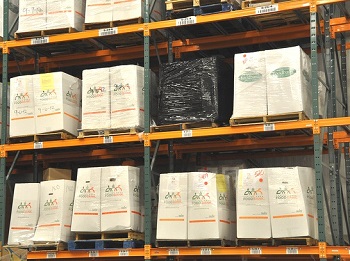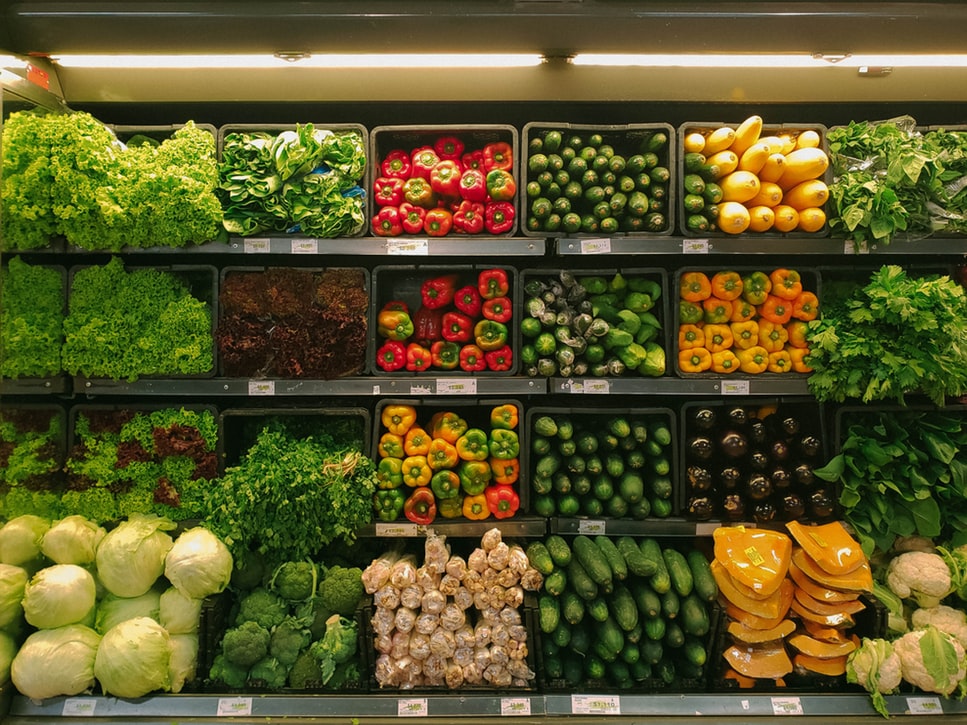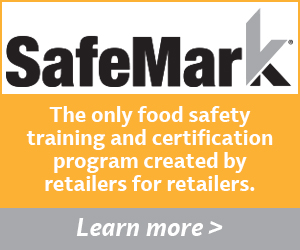By: David Fikes, Vice President, Consumer/Community Affairs and Communication, Food Marketing Institute

In the 16th century, when court, ecclesiastical and state affairs were becoming increasingly complex, the preferred method of keeping administrative documents organized was to tie related papers together, using string for ordinary documents and binding important dossiers together with red tape. As you can imagine, the more complex the case was, the bigger the stack of paper became, requiring more red tape. It didn’t take too long for the words “red tape” to become shorthand for bureaucratic practices, redundant paperwork or complex time-consuming approval procedures – anything contributing to the mounting stack of paper, delaying action or postponing a decision.
We all know the frustration of being caught up in “red tape,” and every so often we get to experience the innate human joy that comes when someone “cuts through the red tape” so logical action can be taken in a timely and meaningful way.
Recently the Food Waste Reduction Alliance - lead by Food Marketing Institute, Grocery Manufacturers Association and National Restaurant Association – held a convening of representatives from the food industry, government agencies and non-government groups, all sharing an interest in addressing the issue of food waste. Over the course of the day, participants reported on solutions they were working on, recounted the challenges they continue to find and brainstormed potential actions where collaborative action would help. An idea originating with our friends at Feeding America captured my attention and the fancy of the group gathered, but would involve some significant “red tape cutting.”
Stick with me as I lay out three facts that appear divergent, but serve as necessary background to the proposal.
- According to the FDA Reportable Food Registry Fourth Annual Report (2014) almost half of food recalls involve products that are mislabeled because they contain undeclared allergens. These recalls do not involve a pathogen; they are concerned with the undisclosed presence of an allergen that would affect only those with that particular food allergy. For those without the food allergy sparked by the (undisclosed) content, the product is perfectly safe.
- At the manufacturer level, the preferred method of food waste recovery is conversion to animal feed, while for retailers, composting and food donation are the preferred means of diverting product from going to landfills.
- According to EPA’s food recovery hierarchy using food to feed hungry people is preferred over recovering it to feed animals and both of those are preferred over composting. Incineration or going to landfill is the least desired outcome.
It would require some rethinking of retail and manufacture logistics and a good deal of government agency red-tape cutting, but an efficient protocol enabling more products recalled due to allergen mislabeling to be mended - designated as containing the said allergen - and made eligible for donation to food banks, would mean these products could serve the higher purpose of feeding people. This needs to be done safely and economically with a clear procedure put in place to identity products falling into this mislabeled category and an approval process for sufficiently correcting the labelling error, so that it could be donated. Because these recalls sometimes involve thousands of pounds of food, an expedited process could result in a significant decrease in food loss, a huge increase in food bank donations and a tax break for the company making the donation.
Not only would this action avoid another one of those photos that NGOs are so fond of, that show a grocery store dumpster full of perfectly good food headed to the landfill, but it be would another step toward relieving America’s growing population of the food insecure.
For more information, see best practices on food waste reduction or follow @FWRAorg on Twitter.


 Industry Topics address your specific area of expertise with resources, reports, events and more.
Industry Topics address your specific area of expertise with resources, reports, events and more.
 Our Research covers consumer behavior and retail operation benchmarks so you can make informed business decisions.
Our Research covers consumer behavior and retail operation benchmarks so you can make informed business decisions.
 Events and Education including online and in-person help you advance your food retail career.
Events and Education including online and in-person help you advance your food retail career.
 Food Safety training, resources and guidance that help you create a company food safety culture.
Food Safety training, resources and guidance that help you create a company food safety culture.
 Government Affairs work — federal and state — on the latest food industry policy, regulatory and legislative issues.
Government Affairs work — federal and state — on the latest food industry policy, regulatory and legislative issues.
 Get Involved. From industry awards to newsletters and committees, these resources help you take advantage of your membership.
Get Involved. From industry awards to newsletters and committees, these resources help you take advantage of your membership.
 Best practices, guidance documents, infographics, signage and more for the food industry on the COVID-19 pandemic.
Best practices, guidance documents, infographics, signage and more for the food industry on the COVID-19 pandemic.
